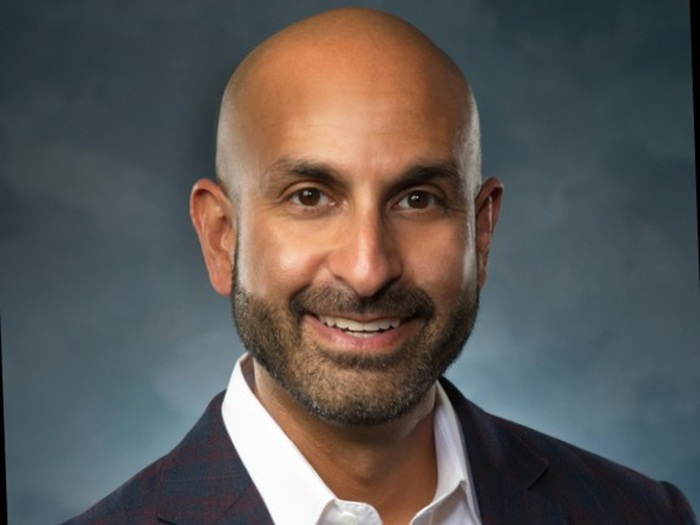The Scourge of Sex and Labor Trafficking and How Your Company Could Be Impacted by It

Sex and labor trafficking, in which vulnerable populations are exploited for profit, is a growing global scourge that carries substantial risks for companies.
That was the message delivered at a Tuesday, April 30 morning session at RIMS 2019 Annual Conference & Exhibition in Boston.
The presenters offered guidance on measuring how human trafficking could affect your business, following recent human trafficking litigation and discussing how to leverage resources for training and prevention.
The presenters dubbed the exposure the “Quiet Risk” because trafficking risk is a risk that might not be on the radar of many companies, or their risk managers.
“We as risk managers at our companies need to be on the watch and on the wall, if you will and be diligent about this risk,” said Lance Ewing, one of the session presenters, and an EVP, global risk management & client services with Cotton Holdings.
“The silence comes from the fact that sex trafficking gets notoriety when it comes up but many times it goes on unseen,” Ewing said.
This spring, three hotels in the Philadelphia-area were sued by young women who allege they were held as virtual prisoners in hotel rooms, a situation known to the management of the hotels, and exploited for commercial sex acts.
The hospitality industry in particular is at risk from association with sex trafficking, Ewing said. But a related crime, labor trafficking, could represent reputational and other risk exposures.
Many times, immigrants or other vulnerable populations are coerced into performing labor, whether it be in construction or landscaping, for fear that family members here or abroad could be harmed if they don’t submit, Ewing said.
A typical risk scenario, in construction for example, would be if a contractor you employed in turn employed a subcontractor who is using trafficked labor. You could be held liable for the risk with no direct knowledge of the situation.
Other sectors that are at risk from labor trafficking include food processing, retail and the restaurant industry, Ewing said.
As in any risk management task, Ewing said training and awareness are key measures to take to defend against this risk.
“What companies can do is begin to partner with law enforcement and other nonprofit organizations to raise awareness,” Ewing said.
“Some of the things that we will walk through is that prevention that can be built through awareness and training,” he said.
“There was a large, global hotel company that just got done training more than 400,000 of their employees in identifying the red flags of human trafficking,” Ewing said.
Ewing’s co-presenters on Tuesday included Kim Mehlman-Orozco, a Human Trafficking Expert Witness and a co-founder of Mahn, Mehlman, and Associates, and Marisa Trasatti, a Partner with Wilson Elser Moskowitz Edelman & Decker LLP. &










